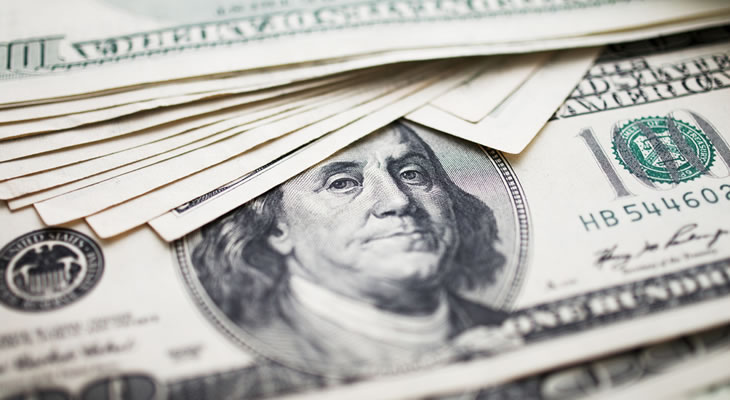The Pound Sterling to US Dollar (GBP/USD) exchange rate was trading at a 1-month low on Friday as investors widely shrugged off mixed US data and turned their attention to upcoming Nonfarm Payrolls data.
The Pound Sterling to US Dollar (GBP/USD) exchange rate hit a session low of 1.5052
The US Dollar maintained its strength against its major peers on Thursday as concerns over the European Central Bank’s (ECB) announcement that it will launch its quantitative easing programme next week spooked investors, causing them to turn to the safety of the ‘Greenback’.
The US currency continued to be supported despite the release of data showing that the number of Americans filing for unemployment benefits rose more than forecast last week.
The number of claimants jumped to the highest level in more than nine months.
Traders shrugged off the report however as they blamed the rise on the impact of winter weather rather than any weakness in the economy.
Heavy snowfall in large parts of the nation caused some workers to have been laid off temporarily, increasing the number of claimants.
‘It’s really the weather; I wouldn’t go crazy about it. There some storms in the second half of February that hit a variety of areas in the United States, and if people cannot work, they file. Anybody who’s involved in doing anything outdoors and they’re unable to work, they’re going to file paperwork,’ said Brian Jones, senior US economist at Societe Generale.
The Pound meanwhile softened against the ‘Greenback’ after the Bank of England left interest rates unchanged at the record low level of 0.5%. The rate has been held at that level for six years as the bank sought to boost economic growth during the financial crisis.
The Bank also left its quantitative easing programme at £375 billion.
Comments by BoE policy maker Martin Beck also put pressure on the currency.
‘While the risks of an earlier rate rise have probably increased lately, we still think it most likely that the Bank will wait until February 2016, by which time inflation will be back above 1% and heading towards the 2% target,’ Beck said.
US Payrolls Data Ahead
The US Dollar could make further gains later in the session if upcoming nonfarm payrolls, average earnings and unemployment rate data come in positively.
Strong figures for those reports will cause investors to raise their bets that US interest rates will be hiked this year.

